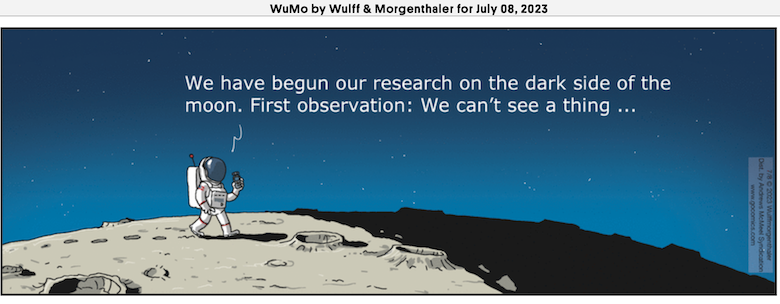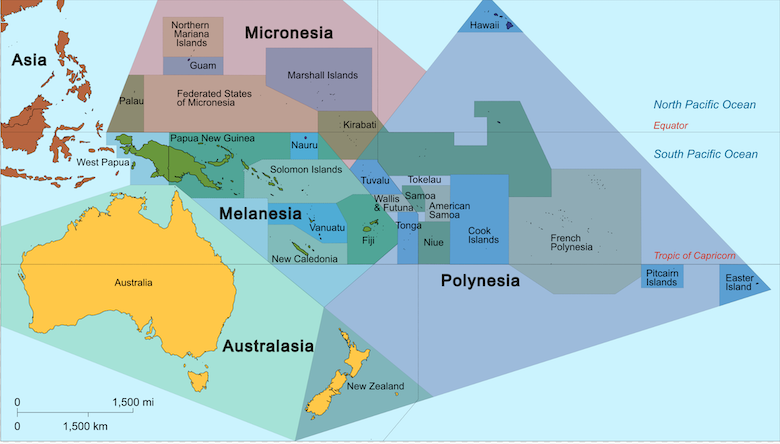I have never seen the so-called ‘green flash’, the brief appearance of green light just as the sun sets over the horizon. It requires special conditions for it it occur and although those conditions are not that rare, your chance of being in the right place for those few seconds is low. Fortunately with cameras, you can now capture the green (and even more occasionally blue and red) flashes as can be seen in this video compilation by Dutch filmmaker, photographer and artist Michiel de Boer.


